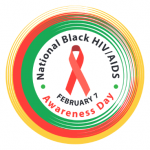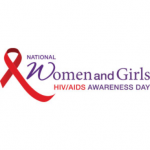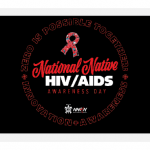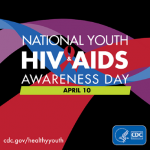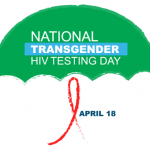This observance is an opportunity to increase HIV education, testing, community involvement, and treatment among black communities. The first National Black HIV/AIDS Awareness Day (NBHAAD) was marked in 1999 as a grassroots-education effort to raise awareness about HIV and AIDS prevention, care, and treatment in communities of color.
The U.S. Department of Health and Human Services, Office on Women’s Health leads this day. Other federal agencies also support this observance including The Centers for Disease Control and Prevention (CDC).
National Native HIV/AIDS Awareness Day was first observed in 2007. This day is observed on the first day of Spring each year.
National Youth HIV/AIDS Awareness Day educates the public about the impact of HIV/AIDS on youth and highlights the work youth do to strengthen the fight against the HIV/AIDS epidemic.
NTHTD recognizes the importance of routine HIV testing, status awareness and continued focus on HIV prevention and treatment efforts among transgender and gender non-binary people.
This day is a chance to thank the volunteers, community members, health professionals, and scientists working together to find a safe and effective preventive HIV vaccine. It is also a time to educate communities about the importance of preventive HIV vaccine research.
This observance was first observed in 2005 and falls within Asian Pacific American Heritage Month.
This day honors long-term survivors of the epidemic and raises awareness of their needs, issues and journeys.
First observed on June 27, 1995, National HIV Testing Day (NHTD) is a day to encourage people to get tested for HIV, know their status, and get linked to care and treatment.


